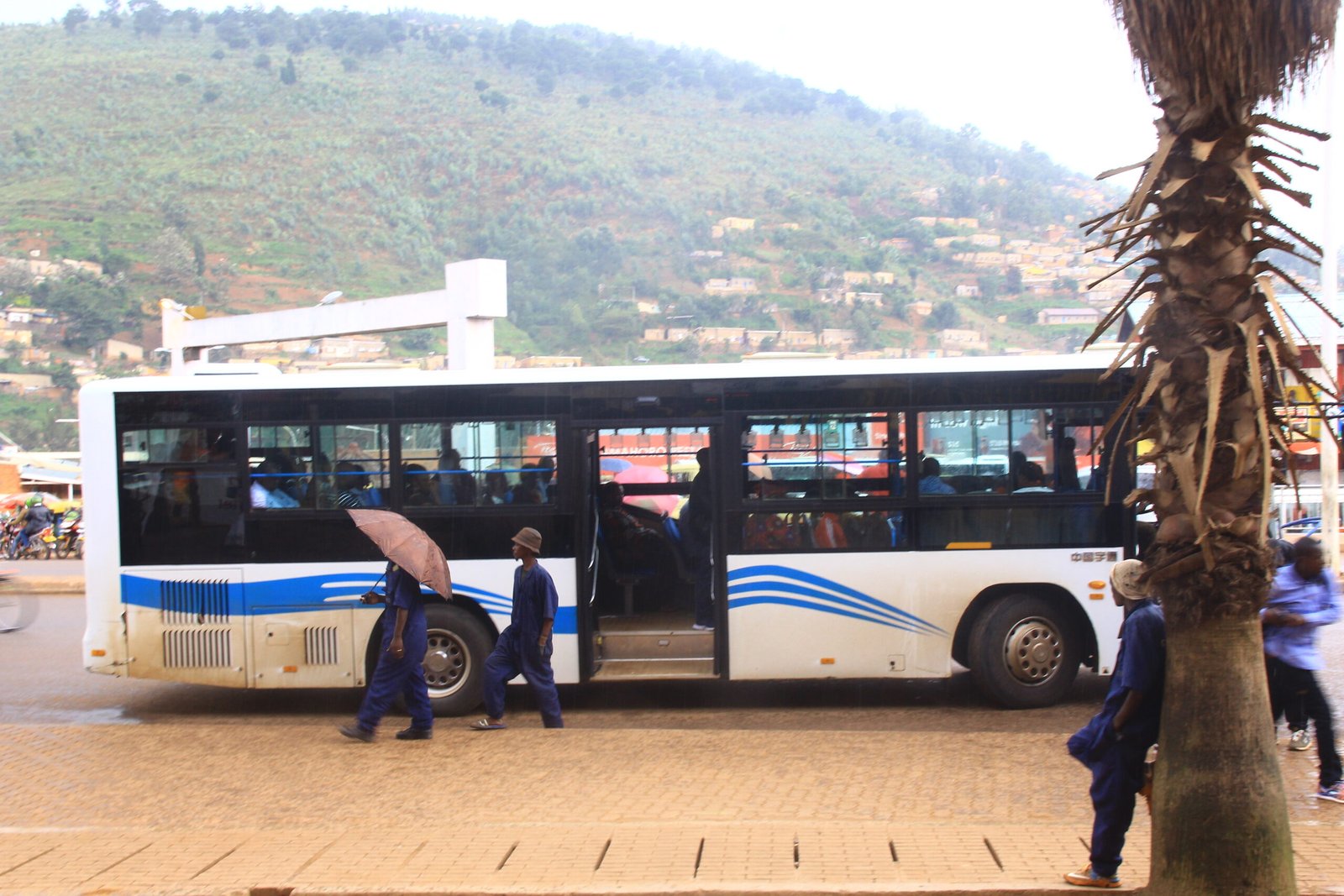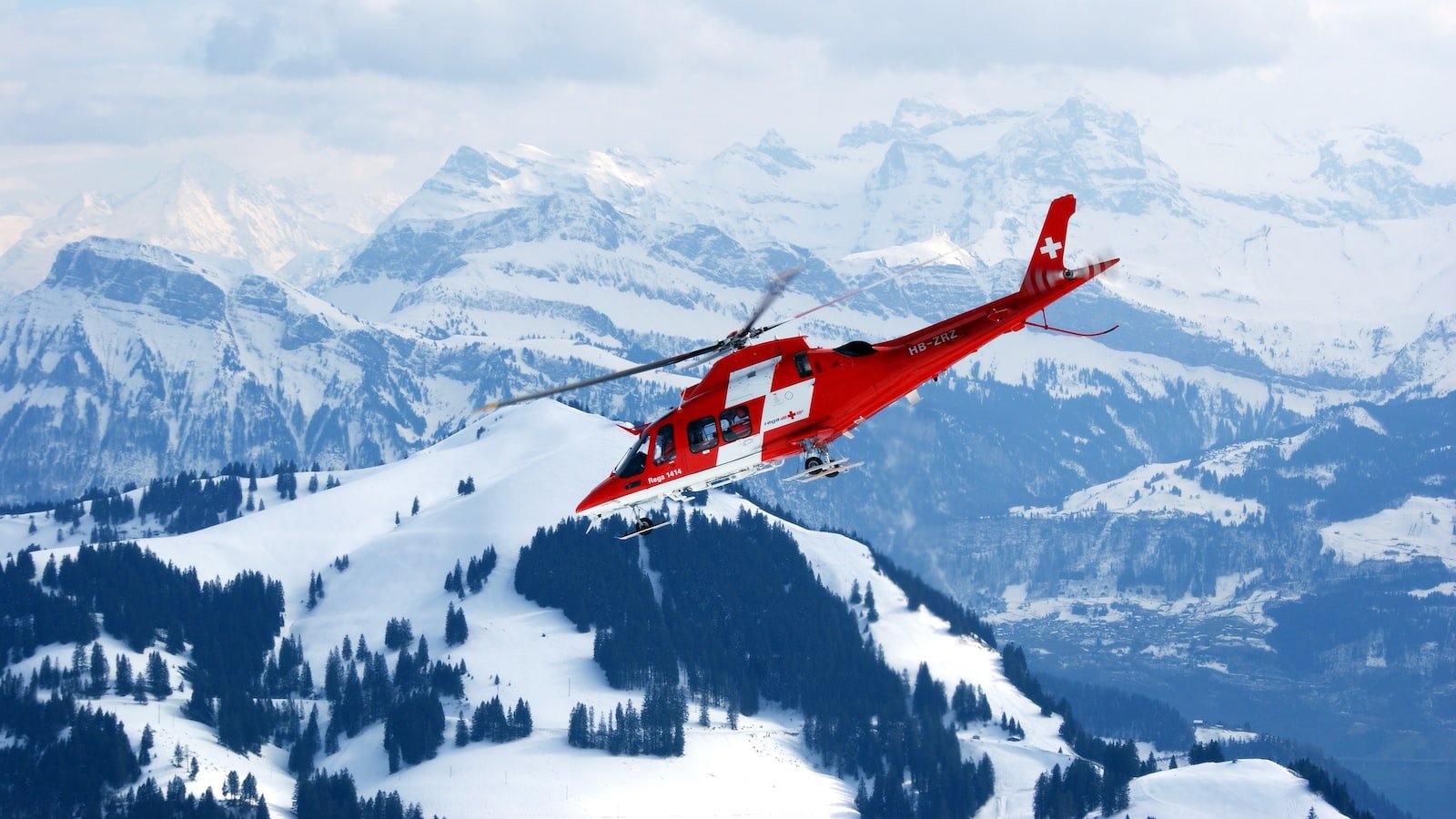Now Reading: How to Navigate Public Transport During Disasters
-
01
How to Navigate Public Transport During Disasters

How to Navigate Public Transport During Disasters
Public transport is an intricate web of hustle and chaos, teeming with commuters and echoing with the thunderous rumble of engines. In the daily grind of rush hour, navigating the labyrinthine network might feel like embarking on a perilous adventure. Yet, as a disaster strikes, this already turbulent terrain becomes an entirely different beast. When chaos engulfs the city, mastering the art of maneuvering through public transport becomes a crucial survival skill. In this article, we embark on a journey of discovery, unraveling the secrets to navigate with finesse and safety during times of crises. From natural disasters to unforeseen emergencies, we will equip you with the tools, wisdom, and nerves of steel necessary to conquer this formidable challenge. Welcome to the extraordinary world of public transport during disasters – a world where enduring the unendurable becomes the norm, and where the ability to find your way amidst chaos transforms into the ultimate superpower.
Table of Contents
- Planning Ahead: Understanding the Vulnerabilities of Public Transport Systems in Emergencies
- Essential Strategies for Utilizing Alternative Routes and Modes of Transportation
- Ensuring Safety: Precautions and Guidelines for Traveling on Public Transport during Disasters
- Community Engagement: Collaborative Efforts Enhancing Accessibility and Resilience of Public Transport
- Recommended Resources: Useful Apps and Tools for Navigating Public Transport during Emergency Situations
- Q&A
- The Conclusion

Planning Ahead: Understanding the Vulnerabilities of Public Transport Systems in Emergencies
Being proactive in assessing the vulnerabilities of public transport systems during emergencies is crucial to ensuring the safety and well-being of the community. By understanding these vulnerabilities, we can develop effective strategies to mitigate risks and respond swiftly in times of crisis.
Key vulnerabilities to consider:
- Infrastructure: Public transport systems heavily rely on infrastructure such as roads, tracks, and stations. Identifying weak points, assessing their resilience, and implementing necessary upgrades or reinforcements are imperative.
- Communication: Effective communication channels are essential for disseminating critical information during emergencies. Collaborating with local authorities, utilizing technology, and establishing redundancies can enhance the efficiency of communication networks.
- Capacity: Public transport may struggle to accommodate a sudden surge in demand during an emergency. Preparing contingency plans, expanding capacity when possible, and considering alternative transportation options can help alleviate congestion and ensure everyone’s safety.
By proactively evaluating these vulnerabilities and implementing necessary safeguards, we can enhance the resilience of our public transport systems, making them better equipped to respond to emergencies and protect the communities they serve.

Essential Strategies for Utilizing Alternative Routes and Modes of Transportation
Strategies to Optimize Alternative Routes and Modes of Transportation
When it comes to navigating through the city, expanding your horizons beyond the typical routes and modes of transportation can open up a world of possibilities. To make the most of these alternative options, consider the following strategies:
- Plan ahead: Before embarking on your journey, take a moment to determine the best alternative route or mode of transportation that suits your needs. Research the schedules, fares, and any potential limitations to avoid any unexpected surprises along the way.
- Embrace diversity: Don’t be afraid to mix and match different forms of transportation. Combining a bike ride with a bus or train journey can be both efficient and exhilarating. Explore unique routes that accommodate multiple modes of transport to breathe new life into your daily commute.
- Stay informed: Keep up-to-date with the latest updates and improvements in alternative transportation. Emerging technologies, apps, and innovative solutions are constantly evolving, so staying well-informed allows you to take advantage of the most efficient and convenient options available.
- Engage with the community: Build connections with other alternative transportation enthusiasts and engage in online forums, social media groups, or local meetups. Sharing experiences, tips, and tricks can help increase your knowledge and make your commutes even smoother.
- Maintain flexibility: Remember to adapt and adjust your plans as necessary. Alternative routes may be affected by factors such as weather conditions, road closures, or service disruptions. By remaining flexible, you’ll be able to navigate any challenges that arise with ease.
By implementing these strategies, you can truly embrace the world of alternative routes and modes of transportation. From exploring scenic bike paths to utilizing ridesharing services or public transport, the possibilities are endless. Innovation and creativity are key in optimizing your daily commute, ultimately leading to an enjoyable and efficient travel experience. So, why stick to the conventional when you can experience the extraordinary?

Ensuring Safety: Precautions and Guidelines for Traveling on Public Transport during Disasters
When disasters strike, it is crucial to have a plan in place in order to ensure our safety during travel on public transport systems. These guidelines will help you navigate these challenging situations with caution and confidence:
- Stay informed: Keep yourself updated with the latest news and official announcements regarding the disaster. Follow reliable sources and stay tuned to local authorities for any potential changes or instructions regarding public transport usage.
- Plan ahead: Develop a travel plan that takes into account various emergency scenarios. Identify alternative routes and modes of transportation in case your regular public transport system becomes disrupted or unsafe.
- Prepare an emergency kit: Assemble a compact bag with essential supplies, including water, non-perishable food items, a flashlight, a first aid kit, and personal identification documents. Keep this kit easily accessible in case you need to evacuate quickly.
- Be mindful of overcrowding: During disasters, public transport systems may experience increased demand. If possible, try to avoid the rush hour or peak times to reduce overcrowding and maintain social distancing.
- Follow safety protocols: Adhere to all safety protocols and guidelines provided by transport authorities, such as wearing masks, sanitizing hands, and respecting physical distancing measures. These practices will help protect yourself and others during the journey.
- Be alert and observant: Pay attention to your surroundings and report any suspicious activity or potential safety hazards to the appropriate authorities. By staying vigilant, we can all contribute to creating a safer travel environment for everyone.
Remember, safety should always be our top priority when traveling on public transport during disasters. By being prepared, informed, and responsible, we can navigate these challenging times more successfully and protect ourselves and our communities.
Community Engagement: Collaborative Efforts Enhancing Accessibility and Resilience of Public Transport
Community engagement is a vital aspect when it comes to enhancing the accessibility and resilience of public transport. By collaborating with various stakeholders, we can collectively work towards creating a transportation system that caters to the diverse needs of the community.
Through collaborative efforts, we aim to make public transport more accessible for everyone. This involves working closely with disability advocacy groups to ensure that our services are inclusive and accommodating for individuals with mobility challenges. We are committed to providing accessible infrastructure, such as ramps and elevators, and implementing policies that prioritize the needs of the disabled community.
In addition, we value the input and active participation of the public. By engaging with the community, we gain valuable insights into the challenges they face and the improvements they desire. This feedback allows us to make informed decisions and prioritize initiatives that will enhance the resilience of our public transport system. We encourage community members to voice their opinions through surveys, public forums, and regular meetings, ensuring that their suggestions and concerns are taken into account.
- Collaborating with disability advocacy groups
- Creating accessible infrastructure
- Engaging with the community through surveys and public forums
Recommended Resources: Useful Apps and Tools for Navigating Public Transport during Emergency Situations
Are you prepared for unexpected travel disruptions in emergency situations? We have curated a list of highly recommended apps and tools that will help you navigate through public transport challenges seamlessly. These resources are designed to keep you informed, connected, and make your journey as smooth as possible, even in the midst of emergencies.
- Emergency Public Transport Apps: Keep emergency situation updates at your fingertips with these apps. Receive real-time notifications about transportation disruptions, alternative routes, and estimated arrival times. Some popular apps in this category include Emergency Transit, CrisisTravel, and Public Transport Alert.
- Navigation and Mapping Tools: Stay on track with advanced navigation and mapping tools. From accurate location tracking to step-by-step directions, these tools ensure you reach your destination safely. Apps like Transit Maps, Journey Planner, and Navigate Safe are ideal for finding the quickest and safest routes during emergencies.
- Offline Guidebooks: Prepare for unexpected situations by downloading offline guidebooks that provide essential information about public transport networks. These guidebooks feature maps, timetables, and emergency contact details. Recommended options include Transit Guide, Emergency Travel Survival, and Transport Handbook.
With these useful apps and tools, you’ll have the confidence to tackle any transport challenges that come your way during emergency situations. Stay informed, stay connected, and navigate through unexpected disruptions like a pro!
Q&A
How can I stay informed about changes to public transport during disasters?
To stay informed about changes to public transport during disasters, follow local authorities and transport agencies on social media. Additionally, sign up for emergency alerts and check their websites for updated information.
Should I use public transport during a disaster?
Using public transport during a disaster depends on the specific situation. If it is considered safe and the transport services are operational, it can be a reliable option. However, always prioritize your safety and follow the guidance of local authorities.
What should I do if public transport services are suspended?
If public transport services are suspended during a disaster, consider alternative transportation options such as walking, carpooling, or using ride-sharing services if they are available and safe. Plan your route in advance and try to avoid congested areas.
What safety precautions should I take while using public transport during a disaster?
While using public transport during a disaster, it is important to stay vigilant and follow safety guidelines. Keep a personal emergency kit with essential supplies, maintain social distancing, wear a mask, and follow any specific instructions given by transport authorities.
How can I prepare ahead to navigate public transport during disasters?
To prepare ahead, familiarize yourself with various public transport routes and alternative modes of transportation in your area. Keep emergency contact numbers handy and ensure your mobile devices are fully charged. Additionally, consider having a backup plan in case public transport is not available.
What should I do if I get stranded while using public transport during a disaster?
If you get stranded while using public transport during a disaster, remain calm and try to find a safe place nearby. Contact local authorities for assistance and follow their instructions. Stay connected with updates and avoid moving to unfamiliar areas unless advised by authorities.
Are there any specific considerations for people with disabilities while using public transport during a disaster?
Yes, there are specific considerations for people with disabilities. It is advisable to register with local authorities or transportation services in advance, so they are aware of your needs. Keep necessary medical supplies and mobility aids with you, and reach out to local organizations that provide assistance to people with disabilities during emergencies.
Is public transport efficient during disasters or should I consider other options?
Public transport’s efficiency during disasters may vary depending on the severity of the situation and the response of local authorities. Consider alternative options such as walking, cycling, or using private transportation if public transport services are significantly affected. Assess the situation and choose the most suitable option for your safety and convenience.
The Conclusion
As we conclude this enlightening journey through the intricacies of navigating public transport during disasters, we find ourselves equipped with a newfound sense of resilience and resourcefulness. While disasters may bring chaos and upheaval, it is in these moments that the power of unity and collective action shines brightest.
As we brave the unpredictable nature of catastrophes, remember to prioritize safety above all else. Stay informed by connecting with local authorities, who will always be a guiding light in the midst of chaos. Plan your routes in advance, keeping in mind possible disruptions, alternative modes of transport, and evacuation routes when necessary.
In the face of adversity, let’s not forget about our bus and train operators, our unsung heroes. Their unwavering commitment to keeping the wheels turning even in the direst of circumstances deserves our heartfelt appreciation. Together, we can overcome any obstacle and reach our destinations, no matter how uncertain the road may be.
Public transport during disasters is not just about reaching your destination but about making connections. It is the embodiment of resilience and a shining testament to the strength of humanity. With each journey shared, we weave a tapestry of compassion, solidarity, and hope.
So, dear readers, let us board this concluding stop with our heads held high, ready to face whatever challenges lie ahead. By embracing the knowledge and strategies imparted here, we have gained the power to navigate the tumultuous sea of disasters and emerge unscathed, stronger in both body and spirit. So, hop on, buckle up, and let us ride safely and fearlessly into the future, one destination at a time.
As an affiliate, my content may feature links to products I personally use and recommend. By taking action, like subscribing or making a purchase, you’ll be supporting my work and fueling my taco cravings at the same time. Win-win, right?
Want to read more? Check out our Affiliate Disclosure page.


